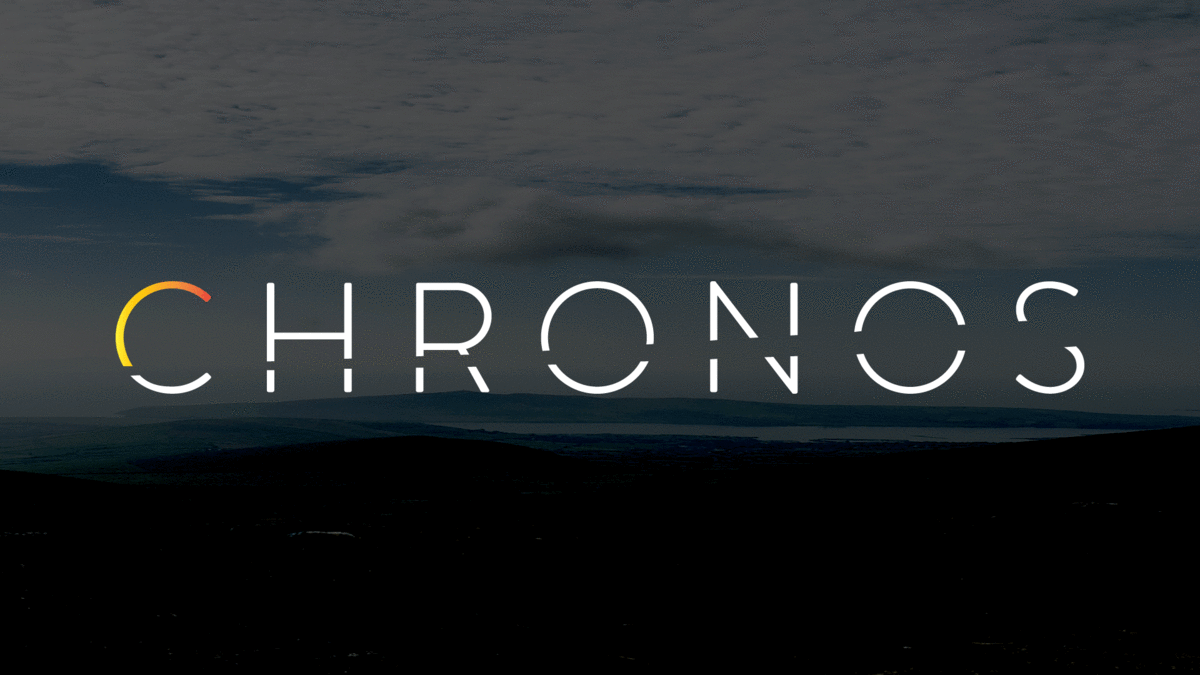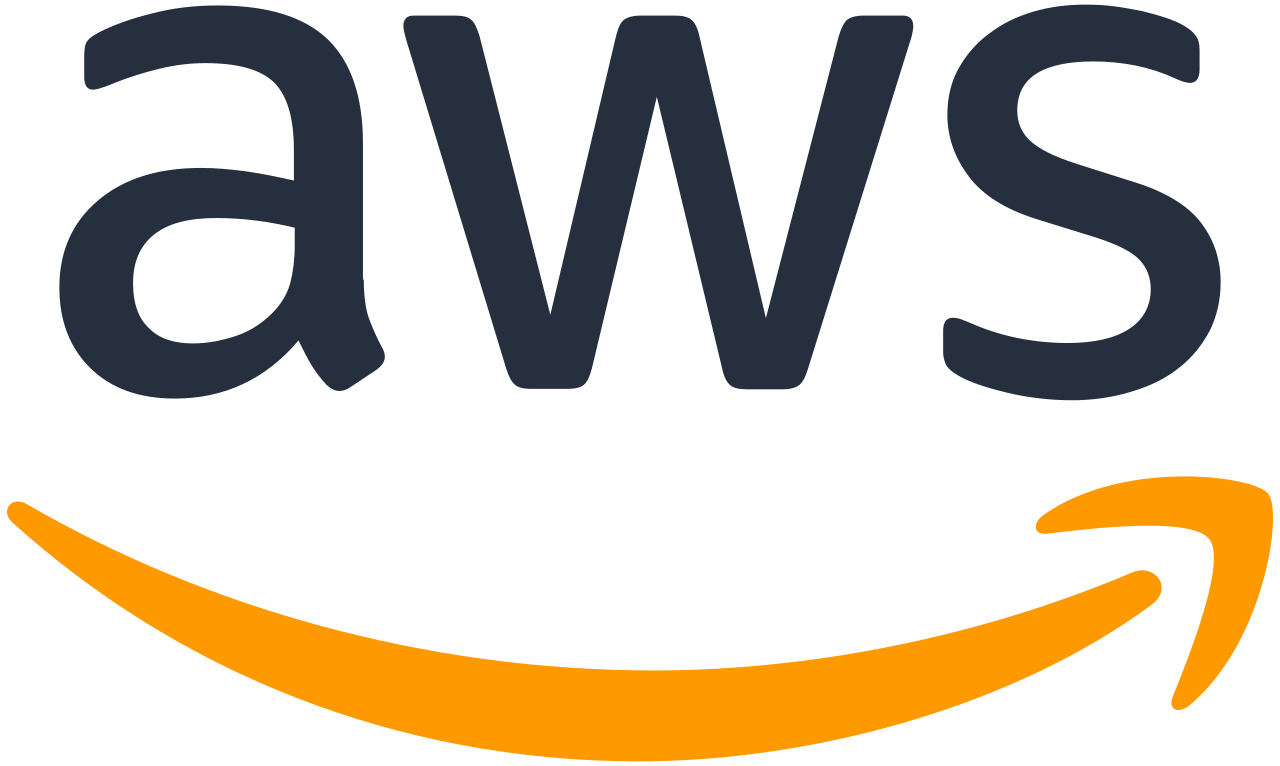
Chronos
Star us on GitHub — it helps!
Visit our splash page at chronoslany.com
Chronos is a comprehensive developer tool that monitors the health and web traffic of servers, microservices, containers, and now, Amazon Web Services (AWS). Use Chronos to see real-time data monitoring and receive automated notifications over Slack or email.
What's New?
- Option to choose between cloud hosted services and local services, now giving Chronos the ability to monitor instances and clusters on AWS' EC2, ECS, and EKS platforms.
- An updated AWS Graphs Container to dynamically render plots for EC2 or ECS data fetched with Electron using event listeners connecting to AWS CloudWatch w/ the aws-sdk package, as well as utilizing Prometheus data scraping and Grafana integration to fetch and render EKS data.
- A step-by-step instruction on setting up a new, functional EC2 instance, ECS cluster, and EKS cluster, ready to be monitored and tested by the app.
- Bug fixes and UI tweaks — Chronos is now a more seamless experience than ever.
Features
- Distributed tracing enabled across microservices applications
- Kubernetes monitoring via Prometheus server
- Compatible with

- Supports
 and
and  databases
databases - Displays real-time temperature, speed, latency, and memory statistics
- Display and compare multiple microservice metrics in a single graph
- Monitor an
 cluster via the JMX Prometheus Exporter
cluster via the JMX Prometheus Exporter - Monitor a Kubernetes cluster via a Prometheus monitoring server
- Monitor Amazon Web Services (AWS) instances and clusters

Installation
This is for the latest Chronos version 9 release.
NOTE: The Chronos tracker code is included in the chronos_npm_package folder for ease of development, but the published npm package can be downloaded by running npm install @chronosmicro/tracker
Node Version
Make sure you're running version 16.17.1 of ![]() , to align with the
, to align with the ![]() version used by
version used by ![]() version 22.
version 22.
WSL2 Environment
If you wish to launch the Electron Application in an WSL2 envirronment(Ubuntu) you may need the following commands for an Electron window to appear
-
Install VcXsrv
-
Run the following command in the terminal
sudo apt install libgconf-2-4 libatk1.0-0 libatk-bridge2.0-0 libgdk-pixbuf2.0-0 libgtk-3-0 libgbm-dev libnss3-dev libxss-dev
- After running your VcXsrv instance, run the following command in the terminal
export DISPLAY="`sed -n 's/nameserver //p' /etc/resolv.conf`:0"
Running the Chronos Desktop App in Development Mode
- From the root directory, run
npm install - Open a terminal and run
npm run dev:appto start the Webpack development server - Open another terminal and run
npm run dev:electronto start the Electron UI in development mode
Packing the Chronos App into an Executable
- From the root directory, run
npm run build - Run
npm package - Find the
chronos.appexecutable inside the newly createdrelease-buildsfolder in the root directory.
Chronos Tracker Microservice Examples
We provide three working example microservice applications branch for you to test out Chronos:
- examples/microservices
- examples/docker
- examples/kubernetes
Microservices
In the microservices folder, we provide a sample microservice application that successfully utilizes Chronos to apply all the powerful, built-in features of our monitoring tool. You can then visualize the data with the ![]() app.
app.
Refer to the README in the microservices folder for more details.
Docker
In the ![]() folder within the
folder within the master branch, we provide a sample dockerized microservices application to test out Chronos and to apply distributed tracing across different containers for your testing convenience.
The docker folder includes individual ![]() files in their respective directories. A docker-compose.yml is in the root directory in case you'd like to deploy all services together.
files in their respective directories. A docker-compose.yml is in the root directory in case you'd like to deploy all services together.
Refer to the README in the docker folder for more details.
Kubernetes
The kubernetes folder includes a React frontend and an Express server backend, and the Dockerfiles needed to containerize them for Kubernetes deployment. The launch folder includes the YAML files needed to configure the deployments, services, and configurations of the frontend, backend, and Prometheus server.
Refer to the README in the kubernetes folder for more details.
AWS
The AWS folder includes 3 example applications with instructions on how to deploy them in AWS platforms. Note that using AWS services may cause charges.
- The ECS folder includes an web application ready to be containerized using Docker. The instruction shows how to deploy application to ECS using Docker CLI command, and it will be managed by Fargate services.
- The EC2 folder includes a React/Redux/SQL web application ready to be containerized using Docker. The instruction shows how to deploy application using AWS Beanstalk and connect application to RDS database. Beanstalk service will generate EC2 instance.
- The EKS folder includes a containerized note taking app that uses a Mongo database as its persistent volume. The instructions show how to deploy this application on EKS, how to monitor with Prometheus & Opencost, and how to use Grafana to grab visualizations.
Refer to the ECS README, EC2 README, and EKS README example in the AWS folder for more details.
Chronos Website
The chronosWebsite branch holds the code for the splash page. Edit the website by checking out the branch, modifying the website, and then updating the AWS S3 bucket with the changes.
Return to Top
Technologies
Contributing
Development of Chronos is open source on GitHub through the tech accelerator umbrella OS Labs, and we are grateful to the community for contributing bug fixes and improvements. Read below to learn how you can take part in improving Chronos.
License
Chronos is MIT licensed.



